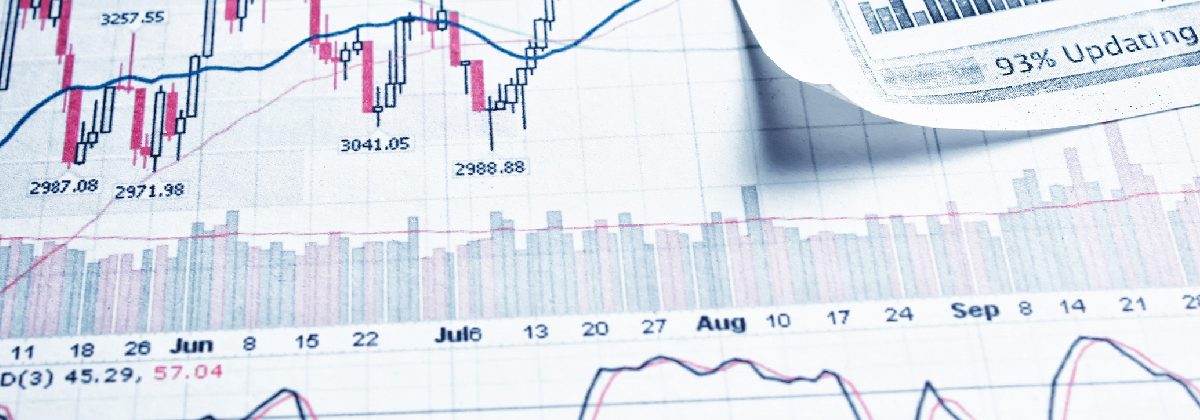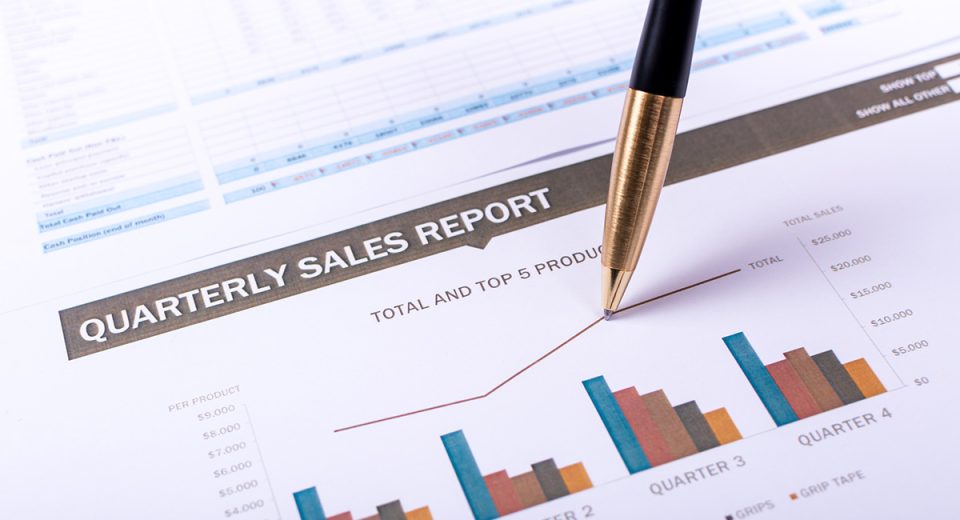The Difference Between Technical and Fundamental Analysis

Market analysis is the cornerstone of trading. It helps you make sense of price movements. It also allows you to process more data than you can do manually and gives you a way of identifying price points for opening and closing trading positions. The two main types are fundamental analysis and technical analysis.
Key Differences Between Fundamental and Technical Analysis
Financial markets are a complex ecosystem where countless variables influence the price of assets. Fundamental analysis and technical analysis help traders make informed decisions by focusing on certain aspects. While both approaches have their pros, they differ significantly in the focus areas and techniques.
Ideology
Fundamental analysts believe that an asset’s price will eventually converge with the asset’s intrinsic value. They aim to earn returns by identifying undervalued or overvalued assets. Technical analysis is based on the belief that history repeats itself. It focuses only on asset prices to identify patterns and trends.
Techniques
Fundamental analysis requires a deep understanding of the industry and asset to gauge the intrinsic value of the instrument under consideration. Technical analysis requires an understanding of the interplay of the current price and market forces. The market forces considered include economic data releases, breaking news, and the market forces of demand and supply.
While fundamental analysis tries to answer the ‘why’ of price movements, technical analysis simply focuses on ‘what’?
Understanding Fundamental Analysis
To gauge the intrinsic value of an asset, fundamental analysis considers why there is demand for the asset. The reasons would differ for each asset. Let’s take gold and silver for example. About 10%-15% of gold produced is used in various industries, including pharma, electronics, automotive, and defence. Silver, on the other hand, has much higher demand from industries. Almost 50% of the global demand for silver comes from industries like batteries, pharma, dentistry, chips (LED, RFID and semiconductor), nuclear reactors, photography, solar energy, and more.
Then why is the price of silver so much lower than that of gold? For starters, gold commands a much higher status than silver as a store of value and is purchased by countries, institutional investors, and retail traders alike to hedge against risk. The yellow metal is seen as a safe-haven asset and its demand rises during periods of economic and political uncertainty.
Apart from demand, the supply of an asset impacts its price. While gold is specifically mined for its value, silver is both mined directly and produced as a byproduct of mining other metals like copper, lead, and zinc.
Fundamental analysis will revolve around the global economic outlook, prospects of the industries that use the metal, and any bottlenecks in the supply of the metal. For certain assets like stock indices, fundamental analysis will also consider the regulatory environment and the outlook of different classes of stocks, such as tech stocks or defensive stocks.
Understanding Technical Analysis
Technical analysis cuts out all the noise and focuses only on price and volume. It assumes that all relevant information is already reflected in the asset’s market price.
Key components of technical analysis include:
Price Charts
The most popular price charts are candlesticks, which display a lot of price information in a compact way. The body of a candlestick represents the open and close prices, the wick shows the intraday high and low prices, and the colour reveals the direction of price movement.
Chart Patterns
Technical analysis involves Identifying recurring price patterns. The two distinct price movements are:
- Continuation – indicates that the current trend will continue.
- Reversal – signals that the direction of a trend may change.
To identify these, various chart patterns are used, including ascending and descending staircases, ascending and descending triangles, head and shoulders, double tops and bottoms, and cup and handle.
Technical Indicators
These are mathematical calculations based on price and volume data that generate trading signals to indicate long or short positions. You don’t need to make any mathematical calculations as there are free technical indicators that you can simply drag and drop onto your price chart.
Some of the most popular technical indicators are simple and exponential moving averages (SMA and EMA), moving average convergence divergence (MACD), relative strength index (RSI), and Bollinger Bands (BB).
Which is Better – Fundamental v/s. Technical Analysis?
Traders often combine the two distinct approaches. Fundamental analysis can help identify promising investment classes. Technical analysis helps in identifying market entry and exit points and sizing your positions.
The key is to choose an asset class whose fundamentals you can understand and use technical analysis to create your trading strategy.
Things to Keep in Mind
It’s important to remember that neither fundamental analysis nor any technical indicator can take every aspect of the market into account. For instance, market news can have a significant impact on asset prices, irrespective of what your analysis may indicate. For this, do refer to an economic calendar and stay in touch with breaking news.
Also, since unexpected events can disrupt even the most carefully crafted plans, incorporating sound risk management techniques is crucial to any trading strategy.
Your trading strategy will depend on your financial goals, risk tolerance, and personal preferences. The key to enhancing your trading experience is to keep learning and adapting your strategy – learn, do, and refine.
Always test your trading strategy on a demo account. This will help you refine it and enter live markets with greater confidence.
To Sum Up
- Traders rely on analysis to make informed decisions in the dynamic financial markets.
- Fundamental analysis focuses on the intrinsic value of the asset.
- Technical analysis looks at past price movements to predict future price points.
- Technical analysis uses price charts, chart patterns and technical indicators to determine entry and exit points.
- Choose the asset based on its fundamentals and determine exit and entry points based on technical analysis.
- It’s important to refine your trading strategy by practicing on a demo account.
Disclaimer:
All data, information and materials are published and provided “as is” solely for informational purposes only, and is not intended nor should be considered, in any way, as investment advice, recommendations, and/or suggestions for performing any actions with financial instruments. The information and opinions presented do not take into account any particular individual’s investment objectives, financial situation or needs, and hence does not constitute as an advice or a recommendation with respect to any investment product. All investors should seek advice from certified financial advisors based on their unique situation before making any investment decisions in accordance to their personal risk appetite. Blackwell Global endeavours to ensure that the information provided is complete and correct, but make no representation as to the actuality, accuracy or completeness of the information. Information, data and opinions may change without notice and Blackwell Global is not obliged to update on the changes. The opinions and views expressed are solely those of the authors and analysts and do not necessarily represent that of Blackwell Global or its management, shareholders, and affiliates. Any projections or views of the market provided may not prove to be accurate. Past performance is not necessarily an indicative of future performance. Blackwell Global assumes no liability for any loss arising directly or indirectly from use of or reliance on such information here in contained. Reproduction of this information, in whole or in part, is not permitted.




